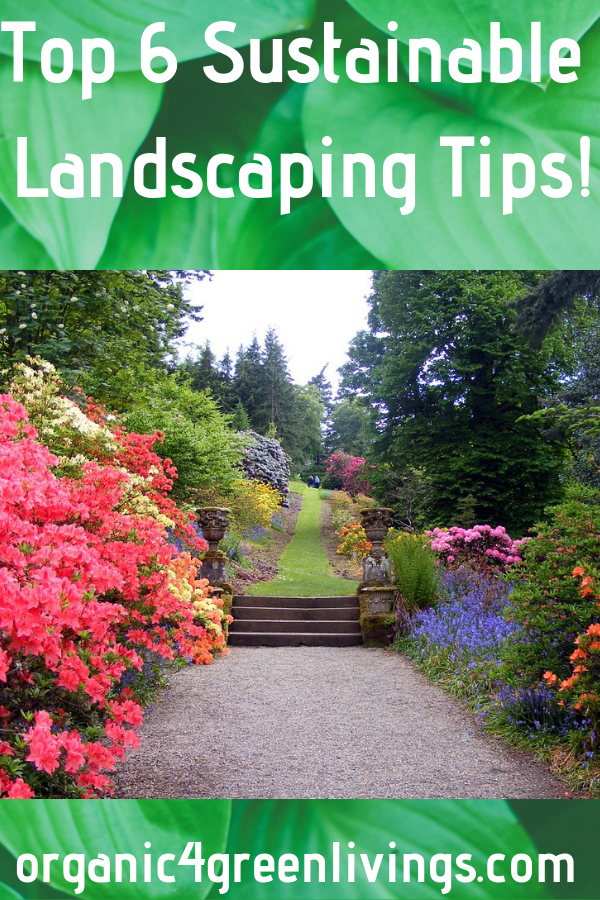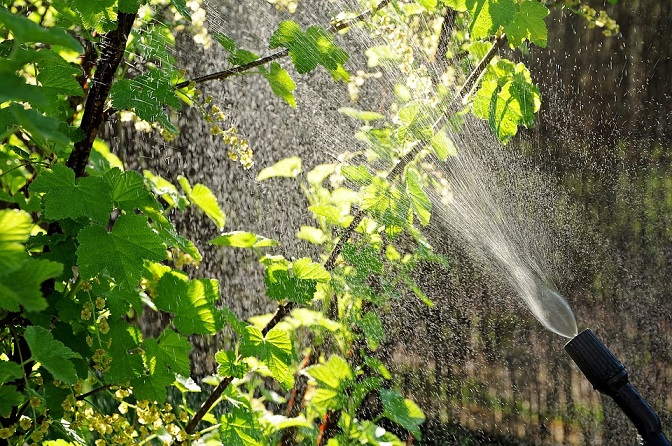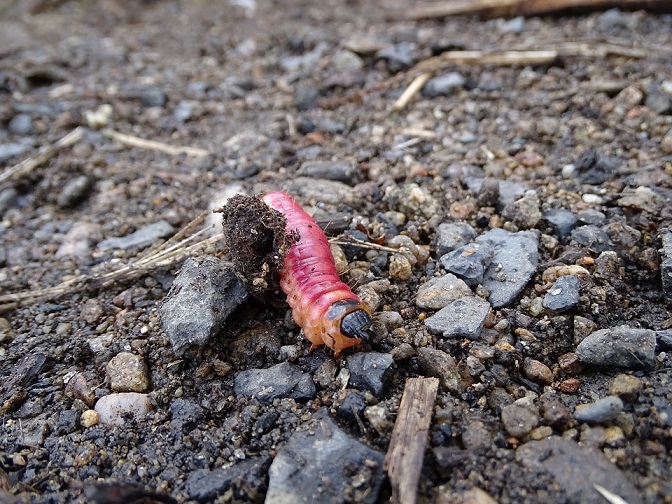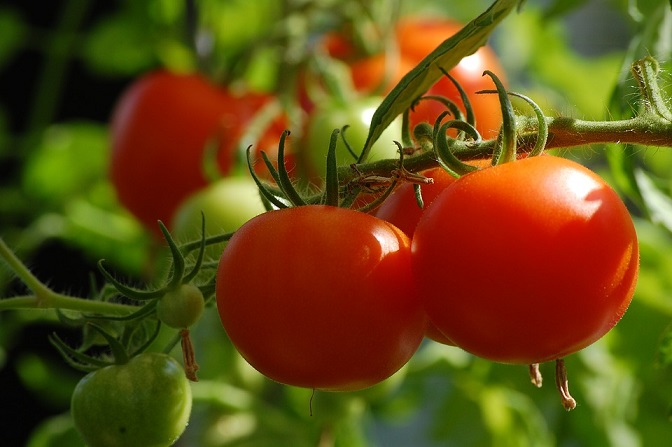Top 6 Sustainable Landscaping Tips
Sustainable gardening is very much about context. It is about knowing your environment and knowing how best to plan a garden that is responsive to the peculiarities of that environment.
The subject of sustainability comes into its own with special focus in locations water is a scarce resource and of course, outside of that there are other key aspects to also attribute attention to. With this in mind, let’s explore some smart ways to implement eco-friendly gardening.

Be water-wise
Without sufficient watering capacity, most plants fail and so paying careful attention to plant hydration is a basic starting point. In terms of sustainability, unless you live in an area with heavy rainfall and abundant reservoirs, water conservation will need to feature prominently in the planning of a garden or landscaping project.

As it happens, indigenous plants tend to be water-wise and more resilient to the micro-climate of a particular area. In terms of sustainability, it’s essential to take the time to find out which plants are indigenous to the region.
It’s also smart to plan your landscape in such a way that plants with the same watering requirements are grouped together, i.e.succulents with succulents and thirsty with thirsty. This is essentially the philosophy behind water-wise gardening.
Encourage wildlife
As part of the broader strategy for re-establishing an ecological balance, it is important to encourage birds, insects and other naturally occurring wildlife to inhabit and thrive in your garden space. By helping these creatures to make their homes in your garden, you introduce natural pest control mechanisms.
This has the benefit of reducing the need to use harmful chemical pesticides, which as a general rule work to upset natures delicate balance. The reduction in pesticide use also encourages pollinators like bees and birds to be drawn to your garden, making themselves at home.
Sustainable gardening is by no means complete without these little critters – their contribution is essential for an eco friendly gardening practice. Start by ensuring you cultivate plants that are attractive to pollinators.
Welcome the worms
When it comes to creatures that act as natures helpers for your garden, there’s few who can help it flourish quite like the lowly earthworm. Worms are a sustainable gardeners dream and there presence or absence is a litmus test for soil fertility.
Earthworm tunneling provides much needed ventilation for air and water to diffuse into the soil, not only that but the convoluted mass of soil, mud or sand thrown up by an earthworm as it passes through the worm’s body results in a top quality manure and an optimal soil enricher.

If you are keen on organic fertilizer, consider cultivating a worm farm. Earthworms will nibble their way through your kitchen waste such as vegetable peelings, apple cores, banana peels and egg shells – turning it into the richest fertilizing compost and soil conditioner to benefit your yard.
Since earthworm composting is entirely natural, it further enhances the entire germination process and your garden will thank you for it. You should notice your plants thriving at a far greater level than they would compared to commercial composts.
If the idea of worm farming appeals to you, a Bokashi bucket is just what you need to make compost from your family’s organic waste. It’s also an opportunity to teach your children about sustainability and the significant positive impact that even the smallest creatures in our eco-system can have on the environment.
Mulch for moisture
Related to water-wise gardening, mulching as a natural way of keeping moisture in the soil.
Mulching also helps to shade and protect roots and adding nutrients through the process of decomposition, and also enhances the aesthetic quality of the garden. Certainly, eco-friendly gardening does not have to detract from the overall aesthetic of a garden.

A clever rule of thumb to use is never to throw away any organic garden material. Instead, compost everything and return it to your garden to enrich the soil. If necessary, invest in a chipper to recycle tree branches and all other woody material.
Various forms of organic mulch include straw (a fantastic mulch type for vegetable gardens in particular, because it decomposes quickly which helps improve the soil), sugar cane mulch from dried sugar cane leaves.
Pine park mulch works well in garden beds and pots. Coir mulch, which is coconut husk fibre expands when in contact with water. To suppress weeds, hard wood – or wood chips – work well as a mulch choice. If you’re keen on adding additional nitrogen to your soil (for roses, flowers and fruit trees) then lucerne is a very helpful mulch variety.
When cutting your lawn, dry out your grass clippings and sprinkle a layer over your freshly mowed lawn. This will give protection from the elements, and lock in moisture.
Stay seasonal
In foodie culture, there is a big fuss about seasonal cooking –that is, only cooking with what happens to be in season rather than importing out of season ingredients and increasing the carbon footprint associated with the supply chain.

Similarly, sustainable gardening is seasonal, and this requires some careful planning.
Wisdom is to plant in or close to your wet weather months when the rainfall period naturally occurs. The wet season will allow a plant’s new roots to settle and develop before the summer dry season.
Space for success
Depending on the size of your garden, it is important to think about spacing plants so that there is plenty of room to grow.
Think of bonsai trees. These carefully manicured miniatures have their growth limited by the size of the pot in which they are planted.
The same concept applies to spacing plants – doing so to ensure that rain/irrigation can reach the soil base of a plant and then penetrate deep into the roots.
Spacing plants also help with air-flow, and this has the added advantage of preventing pest issues like mildew.
At the end of the day, sustainable and eco-friendly gardening has everything to do with paying attention to the cues of the environment. It is an approach where we work with nature’s patterns, seasons and effects – rather than against it. The experience is richly rewarding because not only is it a responsible approach, but it’s one that really works – particularly over time, benefiting not only us but the planet as well.

Pingback: Ideas on How to Create the Backyard of Your Dreams